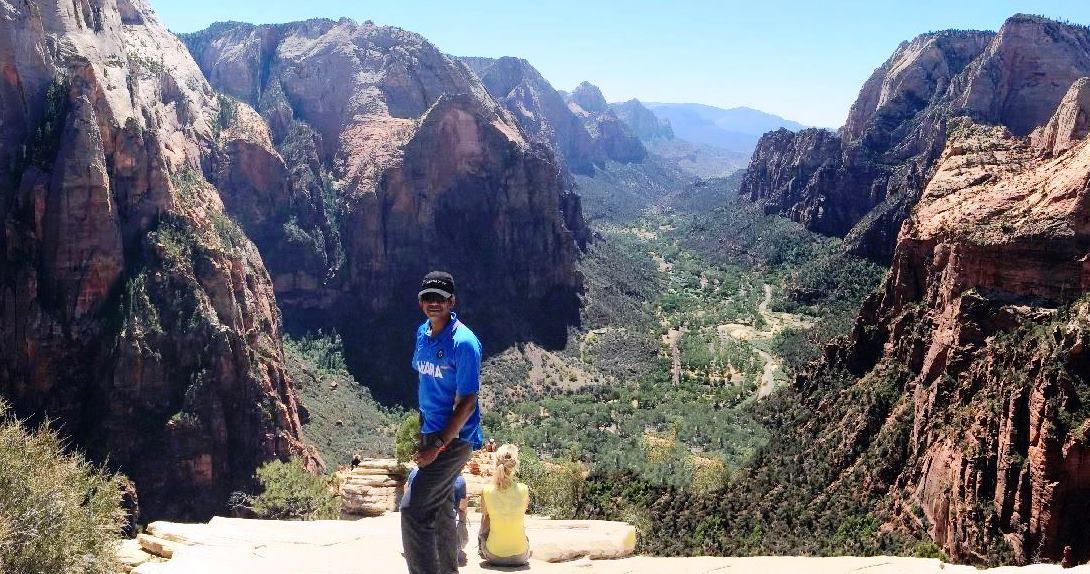Jaipur is the capital and largest city of the Indian state of Rajasthan in Northern India. It was founded on 18 November 1726 by Maharaja Jai Singh II, the ruler of Amer after whom the city is named. As of 2011, the city has a population of 3.1 million, making it the tenth most populous city in the country. Jaipur is also known as the Pink City of India.
Amer Fort is located in Amer, a town with an area of 4 square kilometers located 11 kilometers (6.8 mi) from Jaipur, Rajasthan state, India. Located high on a hill, it is the principal tourist attraction in the Jaipur area. The town of Amer was originally built by Meenas, and later it was ruled by Raja Man Singh I.
Amer Fort is known for its artistic Hindu style elements. With its large ramparts and series of gates and cobbled paths, the fort overlooks Maota Lake.
Hawa Mahal is a palace in Jaipur, India, so named because it was essentially a high screen wall built so the women of the royal household could observe street festivals while unseen from the outside. Constructed of red and pink sandstone, the palace sits on the edge of the City Palace, and extends to the zenana, or women's chambers.
Inside Amber Fort
Amitabh bachchan look alike..)
Jal Mahal is a palace located in the middle of the Man Sagar Lake in Jaipur city, the capital of the state of Rajasthan, India.
Went for a camel riding ..)
The Jantar Mantar monument of Jaipur, Rajasthan is a collection of nineteen architectural astronomical instruments, built by the Rajput king Sawai Jai Singh, and completed in 1734 CE. It features the world's largest stone sundial, and is a UNESCO World Heritage site.






























































